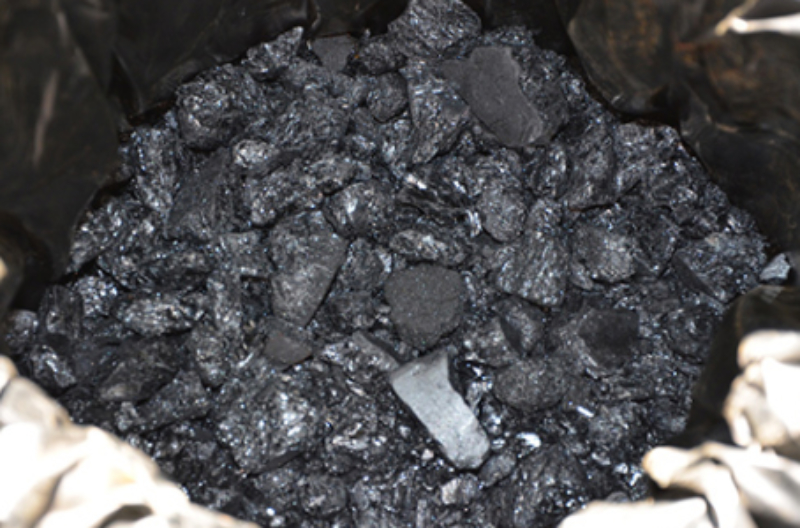
Iodine production is in minimal quantities. Most iodine suppliers ship it to a wide range of industries including pharmaceuticals, animal feed sector and more. Besides, humans need it for the development of the thyroid hormones named thyroxines which is necessary for the overall growth and development.
Iodine Uses
Iodine is used in medical X-rays in place of a contrasting agent to absorb X-rays. They are also used in antimicrobial substances to disinfect. Additionally, they act as an additional yet vital substance in the pharmaceuticals sector. Iodine suppliers make it readily available for the medical care sector as well.
Sometimes, the manufacturers add Potassium iodate, potassium iodide, and Calcium iodate to animal feeds and human table salt. It prevents the medical conditions that result from insufficient iodine ions and iodide in the body. Besides, no one can eat food without iodine added salt as it improves the taste.
Annual Iodine Production
The world produces approximately 30,000 tonnes of iodine in total. The United States provides about 5% of world iodine production. Chile and Japan are the largest producers with 66% and 32% respectively of the global production.
Iodine Manufacturing
The brine is the source of Iodine, which consists of iodide ions and nitrate ores. The manufacturing companies extract iodine from it.
Manufacture of Iodine from Brine
The brine contains 100-150 ppm of iodine like iodide ions with the sources as a determining factor. Sulphuric acid is used to acidify and purify it. Then chlorine is added to separate the iodine. Purification is either through ion-exchange or blow out methods.
Blow out
A counter-current air stream is used to extract liberated iodine in a process named anti-blowout. The air concentrated with iodine is directed to an absorbing tower with sulphuric and hydriodic acid, where Sulphur dioxide solution is used to treat and to break iodine into hydriodic acid.
The solution reacts with chlorine allowing the produced iodine to settle, which is then remelted and flaked. The remaining solution goes through recycling to the absorption tower. The extracted brine returns to the source. The result is iodine, which is 99.5% pure.
Ion-Exchange
The liberated iodine reaction with iodide ions produces I3-ions. The absorption of I3 takes place in the resin during the ionic exchange. At this point, the resin transfer to a different column where sulfur dioxide solution flows through to form the iodide ions takes place. Just like the blow out method, the resultant solution passes through strong heat where iodine and chlorine separate and purifies.
Extraction from Nitrate Ores
Nitrate deposit contains the required iodine. It has about 5% sodium iodate and 95% sodium nitrate. The crystallization process is used to remove sodium nitrates. The resultant ore goes through leaching using hot water. Iodate ions accumulate in a clear solution after which cooling takes place. Sulfur dioxide is used to treat the mixture in the absorption tower to produce iodine that converts to iodide ions.
Solid iodide separates from the mixture in the form of floating cells. Hydrocarbon is then used to extract iodine. The combination of iodine and hydrocarbon put into the reactor and subjected to heat at 400K and above atmospheric pressure. Thereafter, the resultant liquefied iodine is cooled to obtain a compact product.